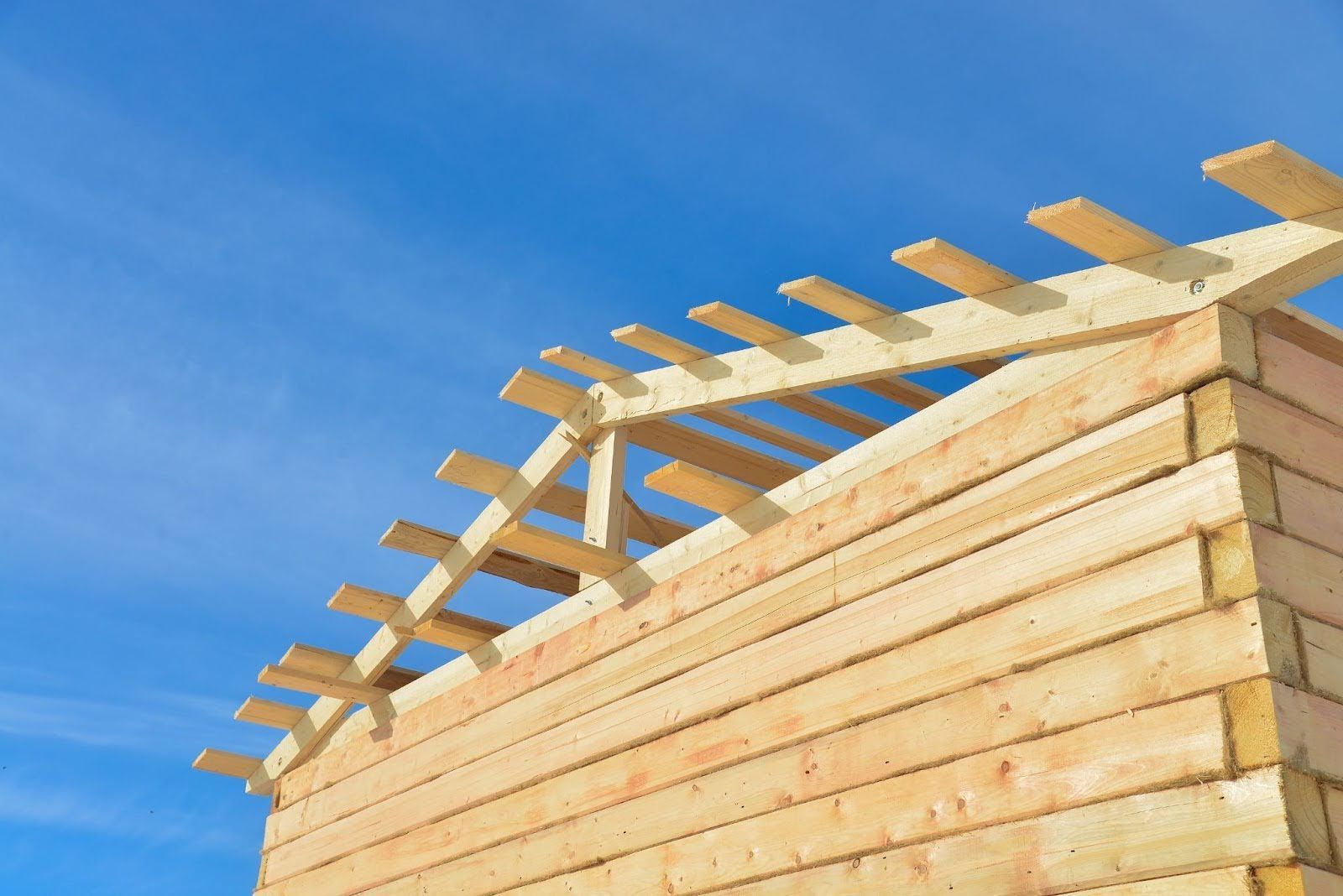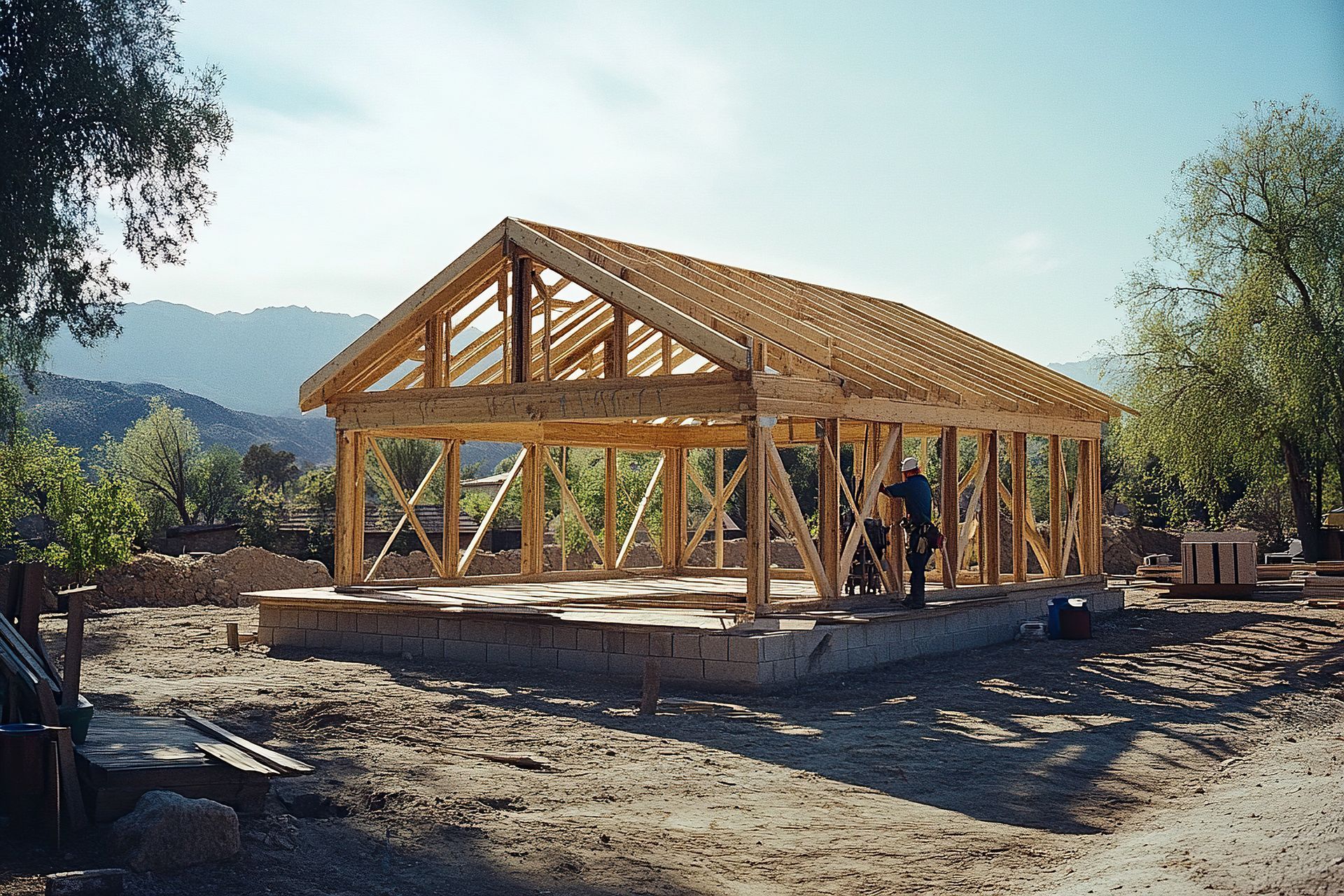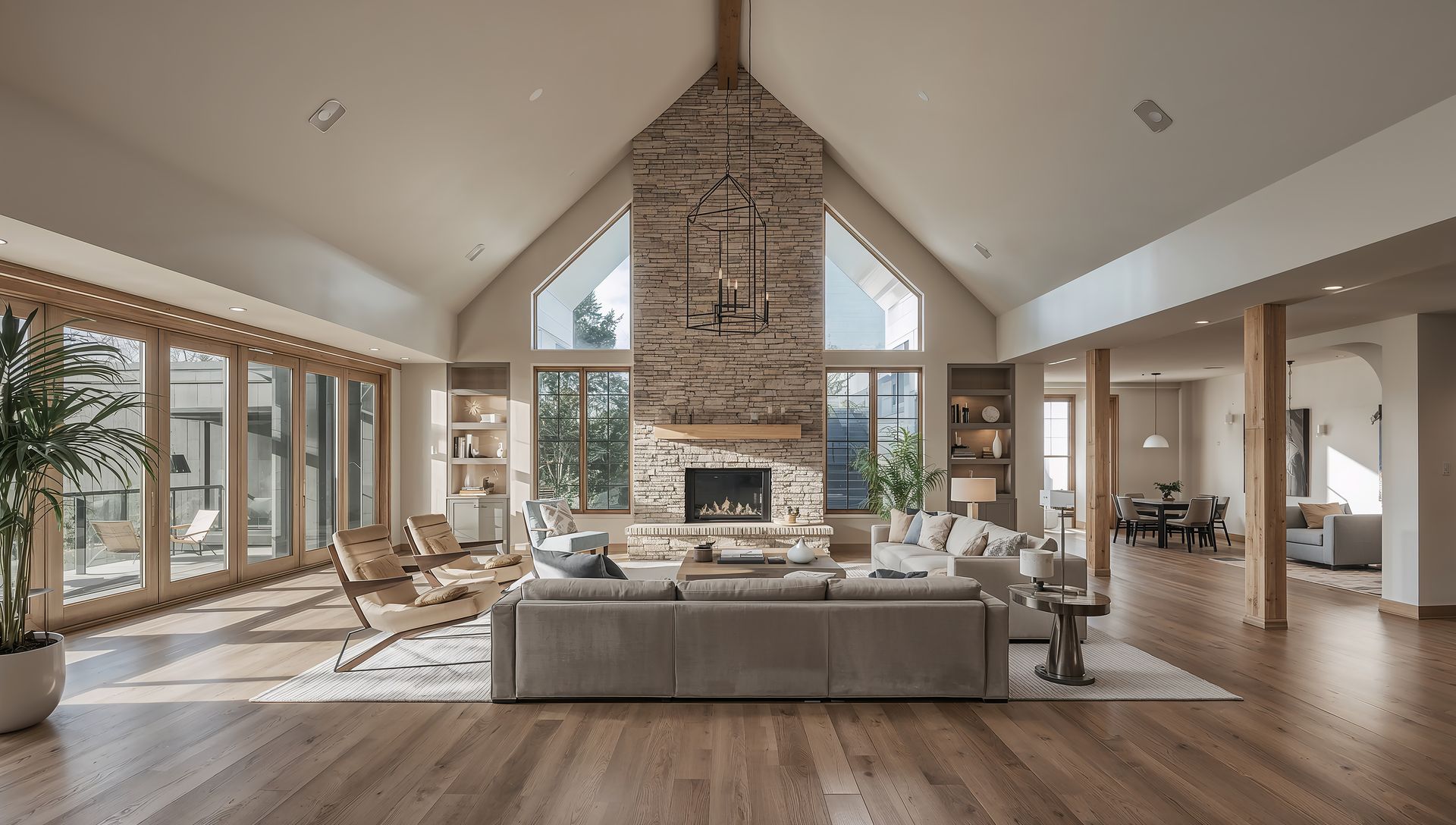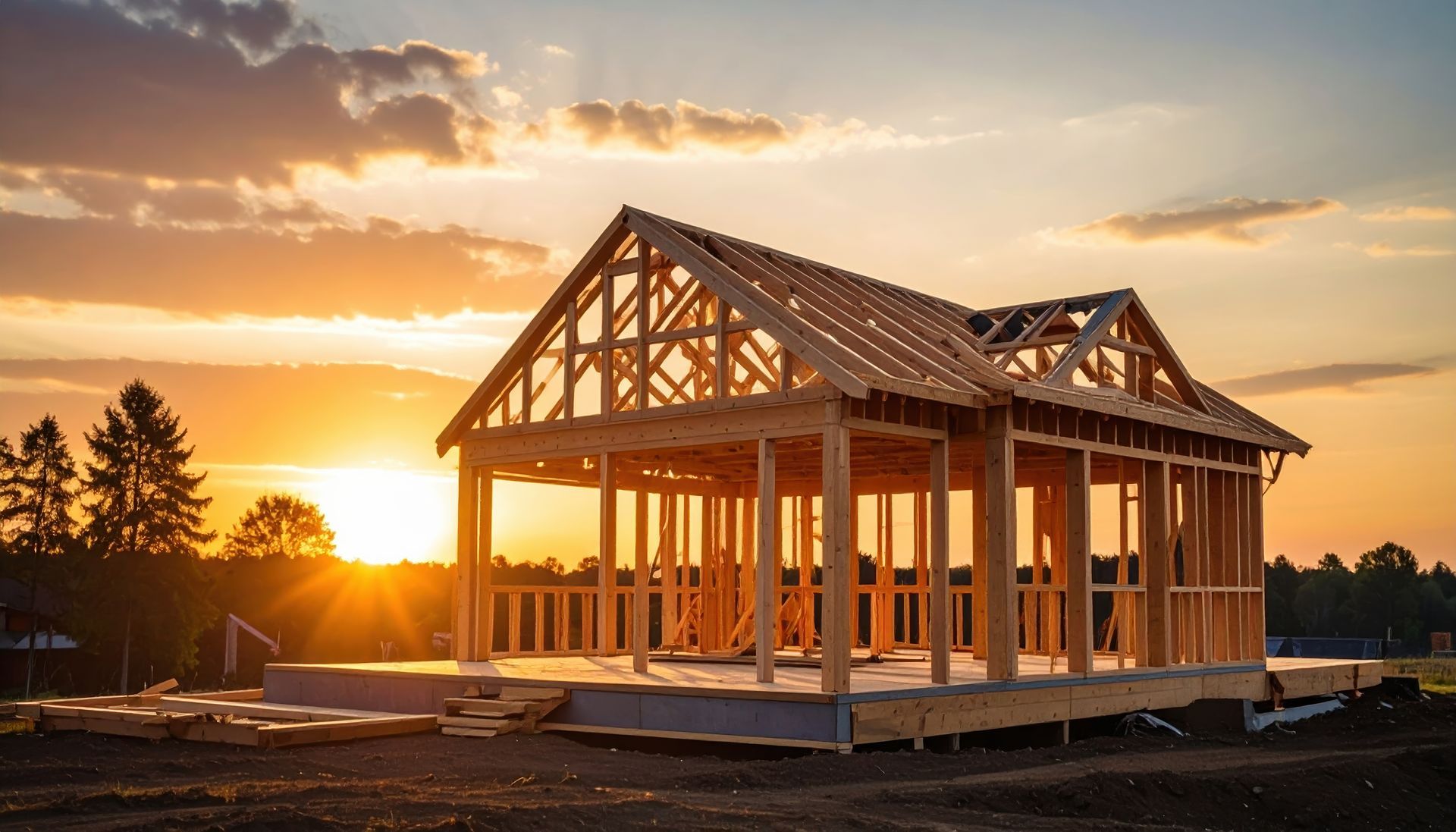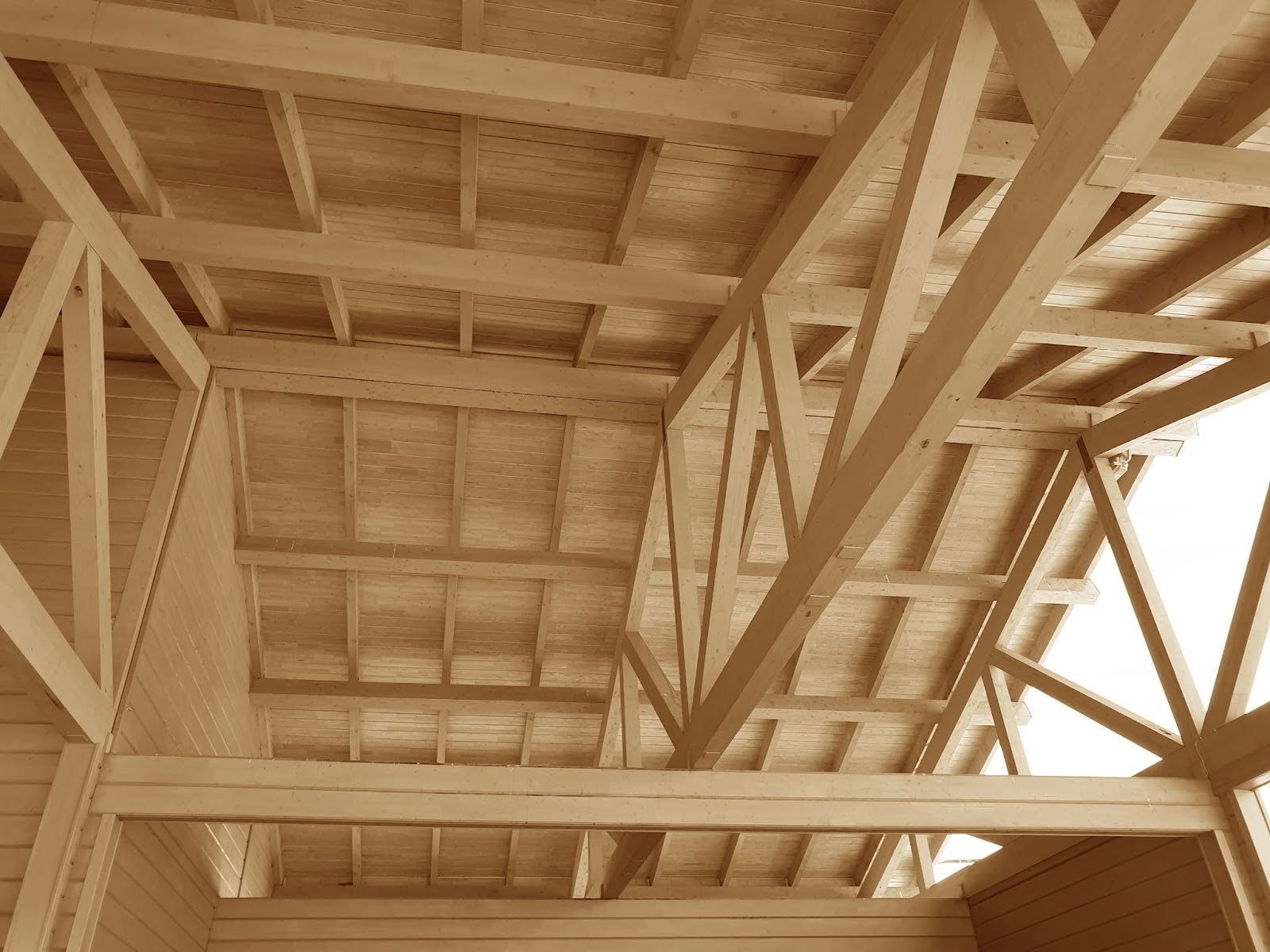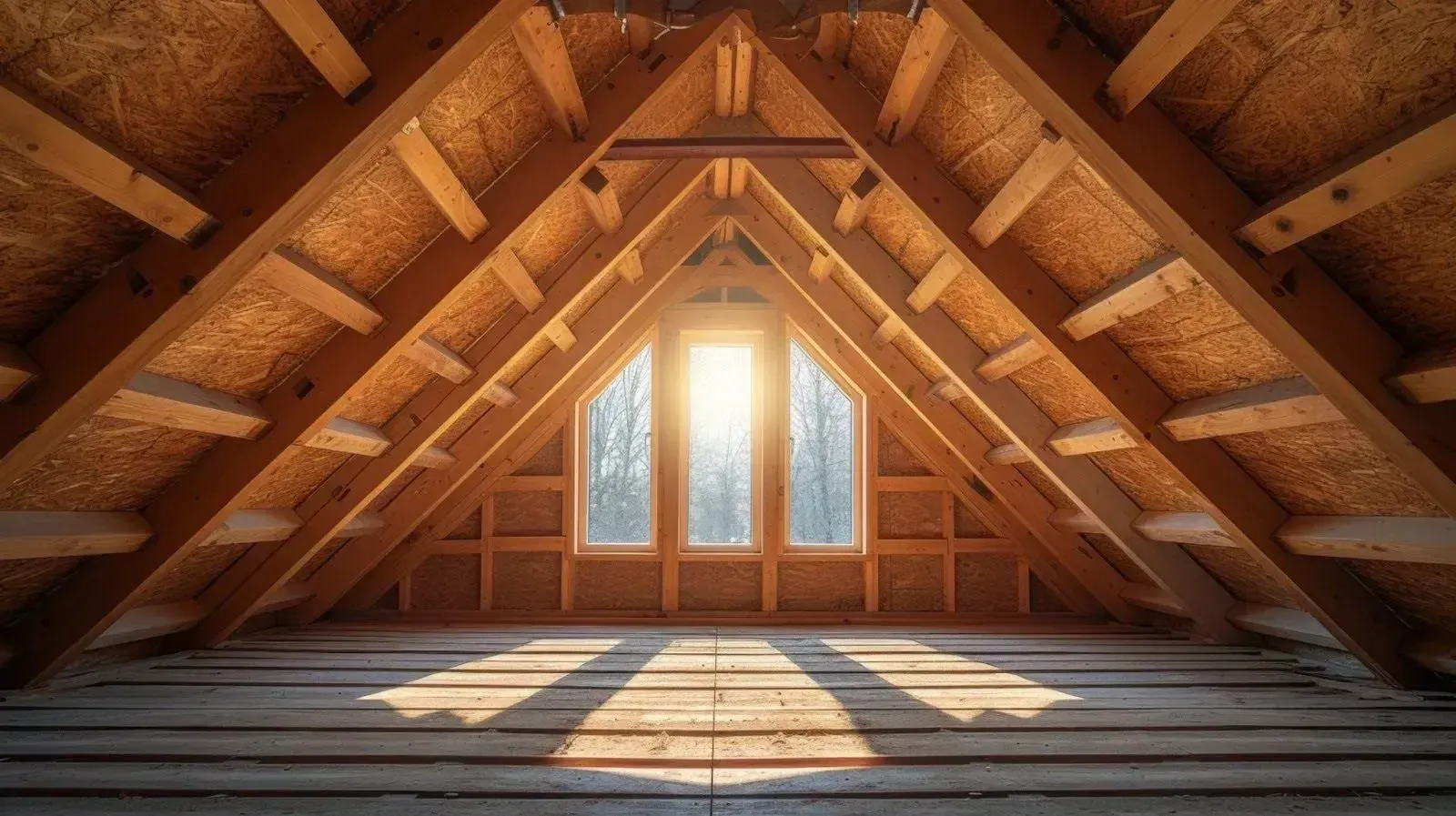Explore the Impact of Weather on Lumber Structures
Weather conditions can have a profound effect on the longevity and performance of any wooden structure. At Ramona Lumber Co, we understand the challenges that homeowners, builders, and businesses face when their lumber is exposed to humidity, rain, or intense winds. By recognizing how various elements impact wood and implementing preventative measures, you can maintain the structural integrity and appearance of your wooden projects for years. Below, we examine key weather factors you should be aware of, followed by strategies to help you protect your investment.
Humidity: A Powerful Influence on Wood
Humidity is often overlooked, but it plays a significant role in how lumber behaves over time. When the air around wood contains increased moisture, the wood fibers absorb water vapor, causing expansion. Conversely, when humidity levels drop, wood releases moisture and contracts. Over multiple seasons, this constant cycle of expansion and contraction can lead to cracks, warping, or even structural weakening.
High humidity can also contribute to mold and mildew growth, which are not just unsightly but can lead to potential rot and decay if left unchecked. Controlling the moisture content of wood is a critical step in preventing decay and extending its useful life.
One way to mitigate the effects of humidity is to choose lumber that has been properly kiln-dried or air-dried. This process reduces the moisture content in the wood before it is even used in a project. Additionally, applying a high-quality sealant or water-repellent finish helps form a protective barrier, reducing the amount of moisture absorbed from the air.
Rain and Water Intrusion
Rainfall and direct water contact are among the most common sources of damage to wood. Excess moisture can find its way into even the smallest crevices, allowing fungi and bacteria to thrive. Over time, untreated wood can begin to rot, compromising the structure’s solidity. When water is absorbed, the wood cells swell, potentially causing splits along the grain and loosening of fasteners such as nails and screws.
Constructing a structure with weather-resistant designs is the first step in reducing water-related issues. For instance, ensuring proper roof overhangs, using water-resistant barriers, and adding flashing around windows and doors can go a long way in preventing rainwater infiltration. Where possible, using paint or stains that are designed for outdoor, high-moisture environments provides an added layer of defense.
For those living in particularly rainy regions, routine inspections play an essential role. Check for accumulated debris in gutters and downspouts, as blockages can force water onto walls or roof edges. By keeping water-draining systems clear, you reduce the chance of it seeping into the lumber and causing premature degradation.
High Winds and Structural Stress
High winds can exert enormous stress on lumber, especially in coastal or storm-prone areas. While wood is naturally strong and flexible, severe gusts can lead to loosening of connections in frames, decks, or fences. Over time, repeated exposure to heavy winds can cause micro-movements in wood joints, leading to gaps or misalignments.
One strategy to safeguard against high winds is to incorporate reinforced connectors, brackets, and hurricane straps in your construction. These metal components link load-bearing sections more securely, distributing the stress of wind more evenly and reducing the chance of a catastrophic failure. Additionally, selecting lumber grades that meet or exceed local building codes is essential for ensuring your structures can withstand strong gusts.
Beyond construction techniques, trees and large shrubs around your property can aid in breaking up wind flow. Strategic landscaping can lessen the force of the wind on your building, indirectly protecting the lumber from damaging bursts.
Seasonal Maintenance and Protective Strategies
A crucial step in preserving the integrity of your lumber projects is consistent upkeep. Just like any other part of your home or business, wooden structures need periodic inspections to catch minor problems before they escalate into major repairs.
- Look for signs of water pooling around bases of fences or deck posts. Where drainage is limited, consider installing French drains or improving grading to divert water away from wooden supports.
- Touch up paint, stain, or sealant as needed. Even a small crack in finish coatings can allow moisture to penetrate the lumber beneath.
- Keep an eye out for insect activity, such as termites or carpenter ants. Although these pests are not strictly a weather-related concern, damp or weakened wood is more attractive to infestations.
Staying Ahead of Weather Challenges
By embracing proper construction techniques, selecting durable lumber, and maintaining your wooden structures, you can stay ahead of the most damaging elements. Remember that different regions experience varying weather patterns; taking local climates into account is a wise move when planning a new project or inspecting an existing one. Utilizing weather data from reputable sources like the National Weather Service can help guide your decisions regarding seasonal protective measures.
When your lumber projects are fortified against humidity, water intrusion, and wind stress, they can remain safe, functional, and inviting for residents and visitors alike. Give your structures the care and attention they need to withstand whatever Mother Nature throws their way, and you will be rewarded with fewer repairs, greater durability, and overall peace of mind.
Learn More or Get in Touch
If you would like more insight on how to protect your lumber from humidity, rain, winds, or any other element, contact us today. At Ramona Lumber Co, we are committed to helping you make informed choices so you can enjoy the lasting benefits of high-quality wood materials. We look forward to assisting you in creating structures that endure, no matter the weather in your area!

